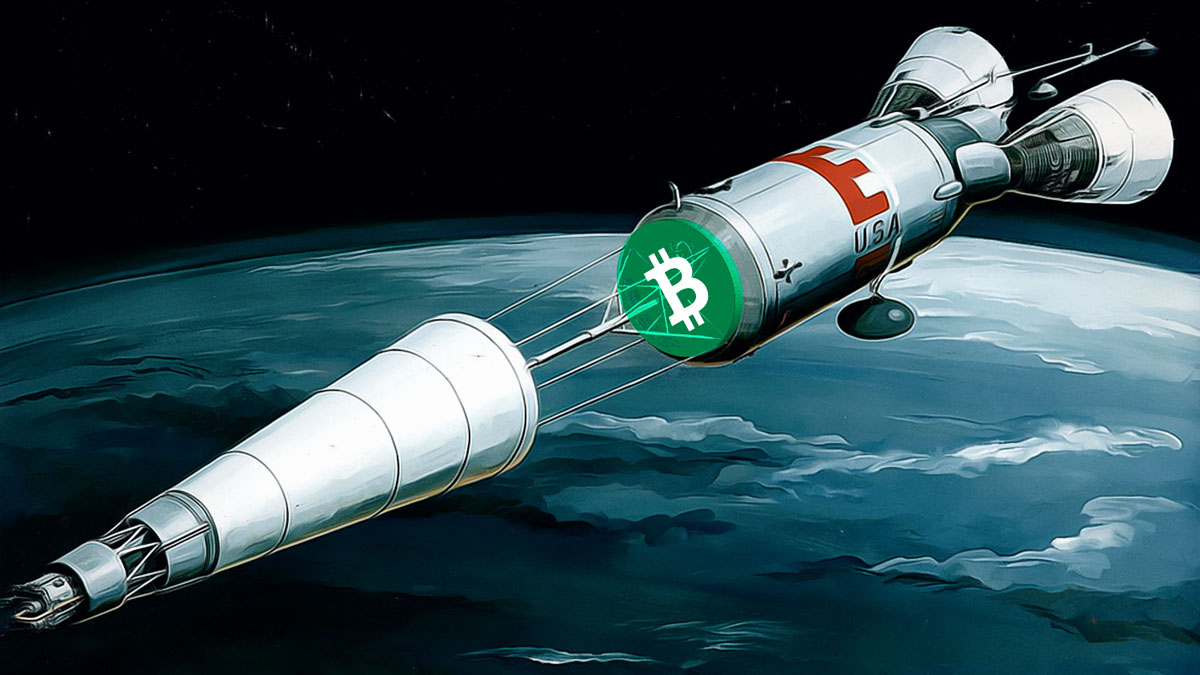On October 9, 2025, the persistence of the eight-day inflow streak for U.S. spot Ethereum ETFs came to a halt. The cumulative inflows, amounting to $1.97 billion, were interrupted by a modest net outflow of $8.7 million. Fidelity’s FETH spearheaded the outflows, contrasting the gains seen by BlackRock’s ETHA, which attracted $1.4 billion over nine days. With a recent trading volume of $2.31 billion, Ethereum’s market price remained near $4,300. Significantly, spot Bitcoin ETFs showed an increase of $197.8 million, lifting their nine-day cumulative to $5.96 billion.
What are the Latest Movements in Ethereum ETFs?
According to data provided by SoSoValue, Fidelity’s FETH experienced an outflow of $30.3 million during the last trading session. Several other ETFs, including those from Bitwise, VanEck, 21Shares, and Invesco, also witnessed outflows. Alternatively, BlackRock’s ETHA continued to draw investors, with a $39.3 million daily inflow. Other ETFs reported no change in flow, suggesting a varied response across different investors.
What Does Recent Trading Activity Indicate?
When evaluated, the recent eight-day inflow ranks as the fourth-largest for Ethereum ETFs, following an impressive $3.7 billion influx in August. The most substantial series remains the 20-day inflow from July, which amassed $5.4 billion. This suggests ongoing, albeit fluctuating, interest in Ethereum as an investment vehicle.
In terms of trading volumes, ETHA was a central figure, accounting for $1.65 billion in trades. It was trailed by Grayscale’s ETH and Fidelity’s FETH, which registered volumes of $213.5 million and $185 million, respectively. The distribution across these funds indicates that investment is concentrated among a few significant issuers.
Timothy Misir, Research Director at BRN, pointed out the importance of the $4,250–4,500 range for Ethereum’s market movements. He also emphasized that an impending network update could enhance scalability, which is crucial for pricing dynamics.
Misir explained that liquidity is currently robust, characterizing the situation as a phase of quiet consolidation. He highlighted that indicators reflect a balanced market, with no extremes in momentum, reasonable futures funding rates, and a balanced options market.
The macroeconomic liquidity cycle, buoyed by institutional interest and structured ETF inflows, suggests a potential continuation of developing trends. Despite short-term fluctuations, the clearer pattern is one of consolidation rather than market distribution.
Ethereum is in a transitional phase with brief periods of downturn curbed by the demand from indices and supply being pulled from exchanges. As institutional adoption and ETF structures evolve, market patterns continue to reshape.
BRN Research Director Timothy Misir stated, “The upcoming network update offers scalability, which supports pricing stability.”
Disclaimer: The information contained in this article does not constitute investment advice. Investors should be aware that cryptocurrencies carry high volatility and therefore risk, and should conduct their own research.
















 English (US)
English (US)